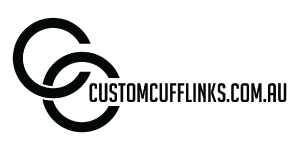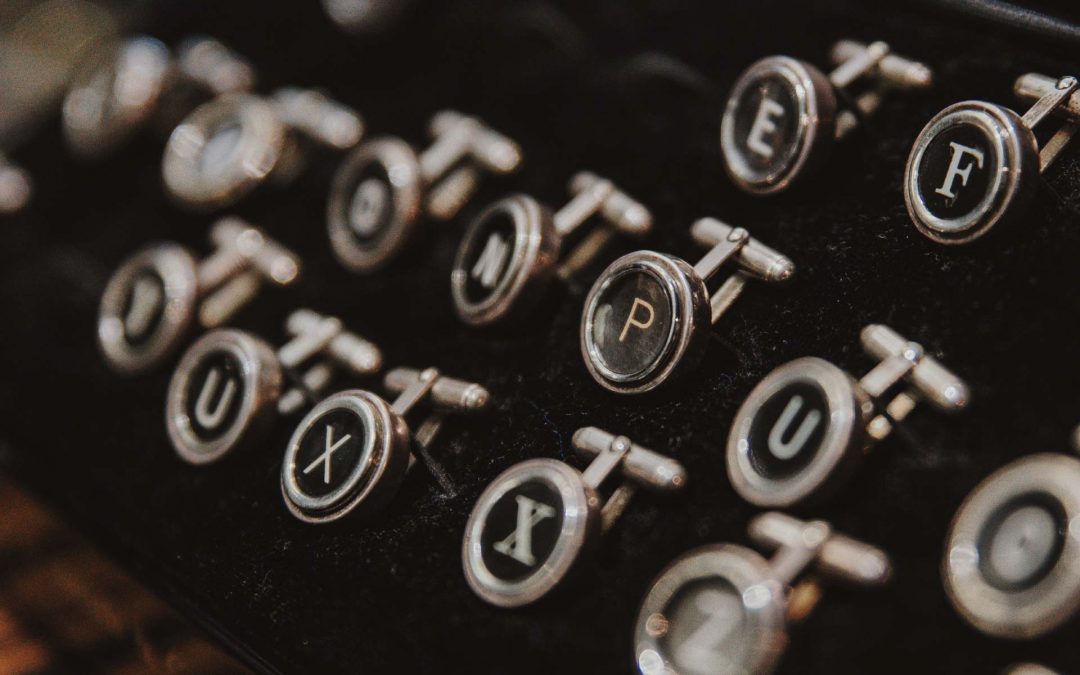Men’s cufflinks give men the opportunity to express their individual style through jewelers by substituting colorful, eye-catching, and even custom types of cufflinks for novelties for the shirt cuff buttons. Someone with a particular flare for formal apparel could use dress sets, which include cufflinks and tie pins. The one piece of jewelry that every man should own is a pair of cufflinks.
Men’s shirts and cufflinks go hand in hand. Since woven fabric was developed in approximately 5,000 BC, men have worn garments resembling shirts. The first cufflinks debuted in the 1600s, and by the 18th century, they were widely used. More people entered the middle class in the 19th century, which meant that they started donning more traditional suits, dinner jackets, and tailcoats.
Custom types of cufflinks became more widely available to the majority of the population as a result of the industrial revolution, rather than being reserved for a small group of people.
8 TYPES OF CUFFLINKS YOU CAN CHOOSE IF YOU ARE THINKING OF GETTING CUSTOM CUFFLINKS
Cufflinks, which are fashionable substitutes for buttons sewn onto shirt cuffs, exist in a range of designs, shapes, sizes, and materials, just like buttons. In terms of materials, they are made of mixtures of glass, stone, leather, metal, and precious metals. The front portions of the cufflinks are frequently enameled, inlaid with diamonds, or designed in two- or three-dimensional shapes. The various styles of cufflinks are as follows:
1. Whale Back Types of Cufflinks
Whaleback cufflinks and bullet back cufflinks have a similar philosophy. They consist of a rotating bar that is angled at a 90-degree angle to a metal bridge. The most obvious difference is that Whaleback cufflinks have a revolving bar that is usually rectangular and is short and thick. To fasten the cufflink in position, this bar can be adjusted vertically and then horizontally after being rotated vertically to slide the cufflink on.
For many men, cufflinks with a whaleback closure represent the pinnacle of style, effectiveness, and ease of use. By flipping the whale backing straight, flush to the base, we shall wear whaleback cufflinks. Hold the cufflink firmly in place with your thumb and pointer finger while keeping the rest of your fingers straight.
2. Bullet Back Types of Cufflinks
The bullet-shaped rear of these cufflinks is obvious from the name. These cufflinks are arguably the most common because they are the easiest and most adaptable ones you can get. On its hinge, the bullet is frequently rotated 360 degrees. This is unquestionably the most understated cufflink design a person can wear, but it does have the problem of all post types in that the cuff is kept on the wrist fairly firmly.
A chain link fastening allows for a looser, more comfortable fit. A bullet-shaped capsule that is kept in place between two posts is broken by this particular design of cufflink. To align with the cufflink’s post, flip the bullet on its side. It will enable you to slide the cufflink between the layers of the cuff fabric’s aligned perforations.
3. Fixed Back Types of Cufflinks
It is also known as a button-style cufflink because it doesn’t have any moving parts and slides effortlessly through the cuffs of your sleeve. Because one side will usually be more important than the other, they typically have a distinct front and back. You don’t need to worry about adjusting these cufflinks, which is a plus. They require a little bit more effort to wear than conventional cufflinks.

4. Chain Link Types of Cufflinks
From the name, we can infer that the chain is attached to the two ends of the cufflink. The oldest style of cufflink is the chain link model. It was the first kind of cufflink ever made. Frequently, two sides are connected by a few chain links. If necessary, the cuff can be made looser using this link.
The two sides of a chain link cufflink can both be decorative, frequently in the form of plates or disks with etching, enamels, or just the plain face of gold or silver. This gives the wearer something to look at on both sides of the cuff. They will therefore look fantastic from the cuff of your dress shirt on all sides.
You want to stay on the short end. You push the short end through your buttonhole while tightening it with your thumb. You then thread the full chain through and start on the subsequent buttonhole. Making one buttonhole at a time is simpler.
5. Knotted Types of Cufflinks
Simple knot cufflinks consist of two heads joined by a short, flexible length, but they are made of soft string rather than metal and have beautiful knots for the heads. The irregular surface of the knotwork gives it a more relaxed appearance, especially when different colors are employed.
6. Silk Knot Types of Cufflinks
Are decorative knots that are constructed of delicate string (often silk), similar to chain link in that they have two heads joined by a short, flexible length. This design is more laid-back because of the knotwork’s irregular surface, especially when several colors are used.
7. Ball Return Types of Cufflinks
The opposing side of the ornamental head of the Ball Return Cufflink contains a bent post with a small, heavy ball. Faces will vary depending on design, but the rear end will always be distinguished by the ball shape. Typically, both chain link and fixed closure versions of the ball return cufflink are available.
Ball return cufflinks are the simplest chain link cufflinks to wear because the ball gives your fingers something to press against as you insert it through the cuff’s holes. The ball most likely consists of metal or gold. Although sterling silver, which can be hallmarked, is a popular option for ball-return cufflinks, plating precious metals like silver, gold, nickel, or rhodium is more typical.

8. Locking Types of Cufflinks
Due to the hinge mechanism, these cufflinks are of higher quality. It resembles the clasp on a metal watch. The cufflink is inserted, folded, and locked. After a brief learning curve, this contemporary technique is one of the easiest and safest ones accessible. It has a dual locking mechanism and an original design.
The eight types of cufflinks discussed in this article highlight the versatility and creativity that can be achieved with custom cufflinks.
The rich history of cufflinks and their accessibility to a broader population, showcases how this once exclusive accessory has become a staple in men’s fashion. Today, men have the opportunity to elevate their style and make a statement with their cufflinks.
If you’re interested in getting your own custom-made cufflinks or printed cufflinks, Custom Cufflinks Australia is a company worth considering. We offer the expertise and craftsmanship to bring your cufflink design ideas to life, allowing you to add a personal touch to your wardrobe. By investing in a pair of cufflinks, you can enhance your style and make a lasting impression.


Recent Comments